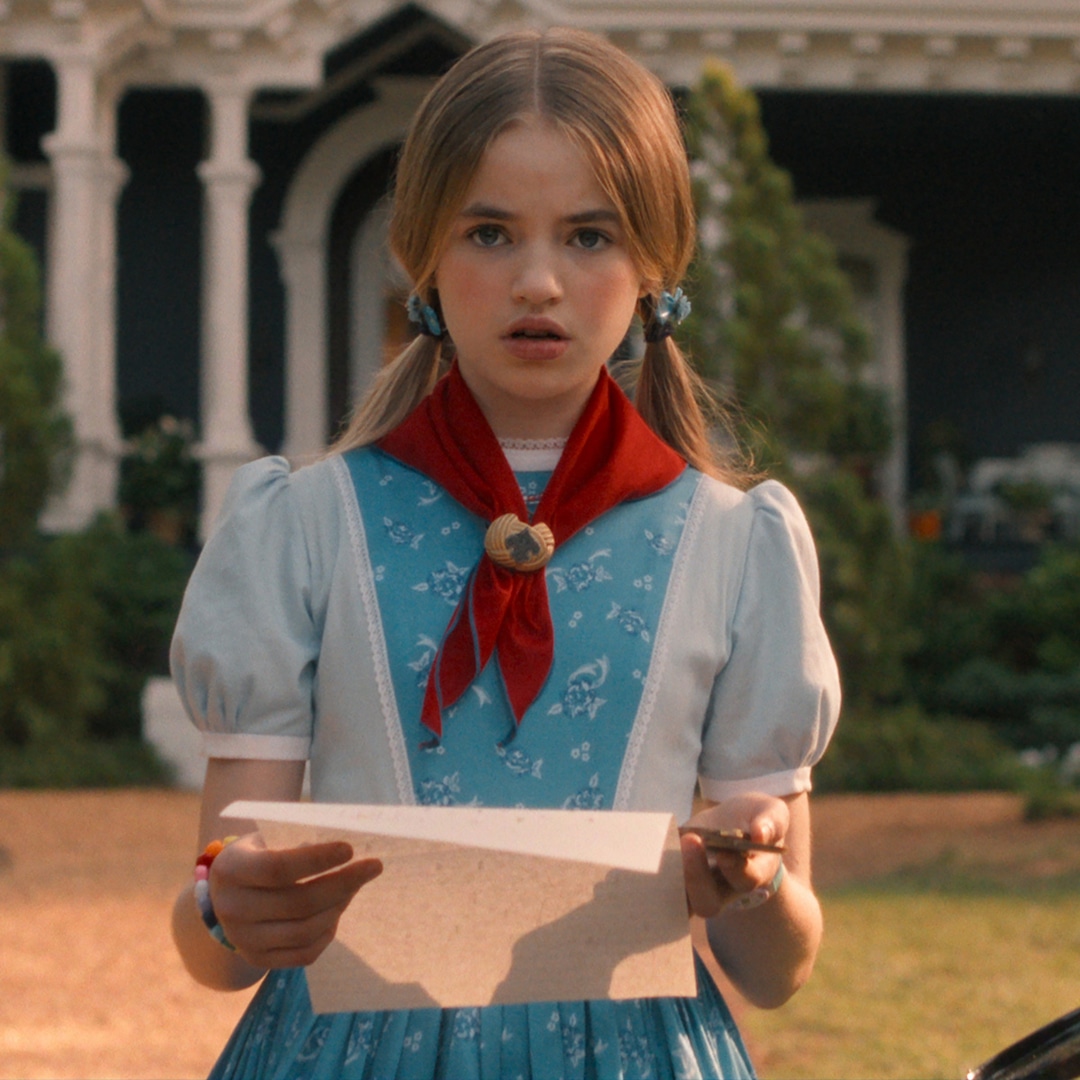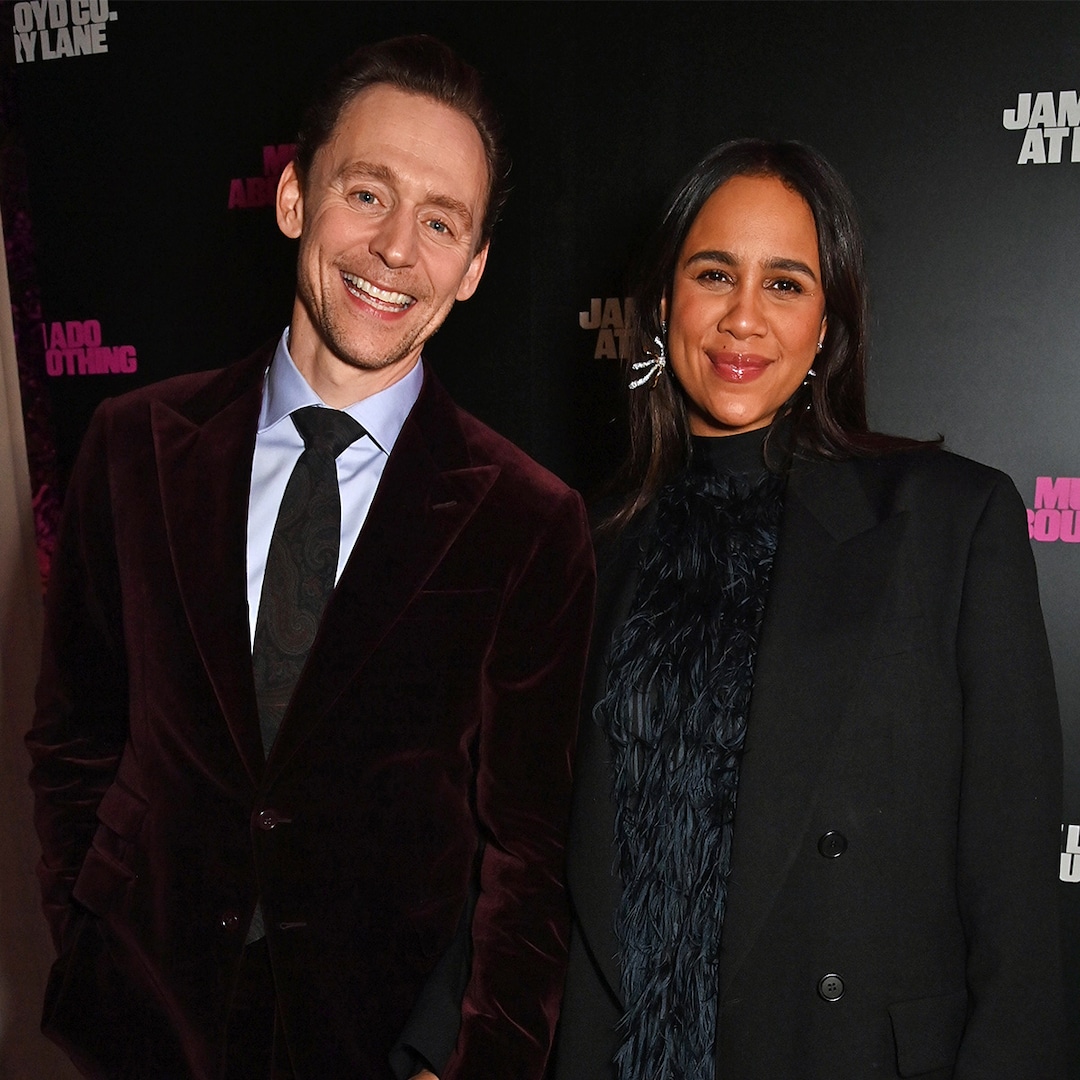Moon phase today: What the moon will look like on September 16


The moon is appearing smaller and smaller every night, a nod to the name of the current phase in the lunar cycle, Waning Crescent.
The lunar cycle is a series of eight unique phases of the moon's visibility, and we're currently on day 24 of the 29.5-day cycle. According to NASA, these different phases happen as the Sun lights up different parts of the moon whilst it orbits Earth, so let's see what's happening with the moon tonight, Sept. 16.
What is today’s moon phase?
As of Tuesday, Sept. 16, the moon phase is Waning Crescent, and it is 28% lit up to us on Earth, according to NASA's Daily Moon Observation.
Right now, visibility is decreasing every night. This will continue until we reach the next lunar phase, the New Moon. For now though, you can still see various features on the moon's surface, so grab whatever gear you have and look up.
Firstly, for those with no gear, the Aristarchus Plateau and Kepler Crater will be in sight with just your naked eye. If you have binoculars, look up to see the Grimaldi Basin, Gassendi Crater, and the Mare Humorum. With a telescope, point it upwards to see the Reiner Gamma, Schiller Crater, and the Apollo 12 landing spot.
When is the next full moon?
The next full moon will be on Oct. 6. The last full moon was on Sept. 7.
What are moon phases?
According to NASA, moon phases are caused by the 29.5-day cycle of the moon’s orbit, which changes the angles between the Sun, Moon, and Earth. Moon phases are how the moon looks from Earth as it goes around us. We always see the same side of the moon, but how much of it is lit up by the Sun changes depending on where it is in its orbit. This is how we get full moons, half moons, and moons that appear completely invisible. There are eight main moon phases, and they follow a repeating cycle:
New Moon - The moon is between Earth and the sun, so the side we see is dark (in other words, it's invisible to the eye).
Waxing Crescent - A small sliver of light appears on the right side (Northern Hemisphere).
First Quarter - Half of the moon is lit on the right side. It looks like a half-moon.
Waxing Gibbous - More than half is lit up, but it’s not quite full yet.
Full Moon - The whole face of the moon is illuminated and fully visible.
Waning Gibbous - The moon starts losing light on the right side.
Last Quarter (or Third Quarter) - Another half-moon, but now the left side is lit.
Waning Crescent - A thin sliver of light remains on the left side before going dark again.















































